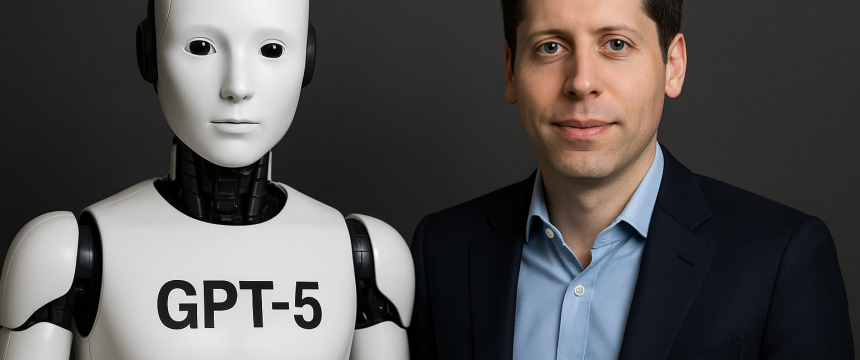ChatGPT-5 represents a true leap forward in artificial intelligence, marking a significant turning point in how humans interact with machines. Unlike its predecessors, GPT-5 demonstrates a much deeper understanding of context, emotion, and nuance. It can maintain more coherent, long-term conversations, remember past interactions, and respond in ways that feel genuinely helpful and human-like.
One of the most revolutionary aspects of ChatGPT-5 is its multimodal capability. It doesn’t just process text, it understands images, documents, and complex data. This allows for a more immersive and intuitive user experience across industries. For example, medical professionals can upload reports and receive AI-assisted insights, designers can get feedback on visual layouts, and students can have diagrams explained in natural language.
GPT-5 also pushes the boundaries of creativity. It can co-write stories, generate high-quality code, produce business strategies, compose music, and more, all while adapting to individual user styles and needs. The model can learn from your tone and purpose, offering not just information, but tailored collaboration.
What makes GPT-5 a real revolution isn’t just the raw technology, it’s the accessibility. With tools like ChatGPT, anyone with an internet connection can access cutting-edge AI that was once reserved for research labs. It empowers individuals, accelerates productivity, and opens the door to new forms of education, creativity, and innovation.
In short, GPT-5 is not just another update, it’s a redefinition of how we use technology to think, create, and connect. As it continues to evolve, it’s clear that this generation of AI is shaping the future in ways previously thought to be science fiction. The revolution isn’t coming, it’s already here, and it’s called ChatGPT-5. 👏
